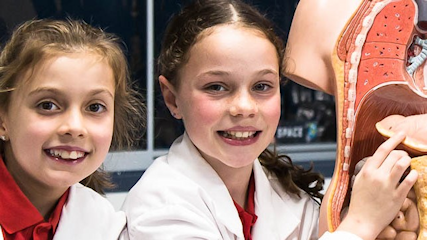Technologies
Beaumaris North Primary School provides a Technologies Program as outlined in the Technologies Learning Area of the Victorian Curriculum and the ICT guidelines of the IB Primary Years Programme (PYP). Technologies includes Design and Technologies and Digital Technologies.
- In Design and Technologies, students use design thinking and technologies to generate and produce designed solutions.
- In Digital Technologies, students use computational thinking and information systems to analyse, design and develop digital solutions.
Implementation
We provide students with hands-on experience in computing technology products, processes and equipment. Laptops are timetabled for students’ use and allows for further computer interface for all students in the school. These pods of laptops are paired with portable hardware such as digital cameras, video cameras, microphones and webcams. Our Technologies program has been expanded to include the use of iPads to further extend the students’ skills and provide an additional avenue for active learning.
All classrooms are equipped with interactive whiteboards that cater for the many different learning styles of our children. Interactive learning encourages student engagement in all learning areas. In an age of technology, students are able to access interactive sites at the touch of a finger and work as a whole class in Inquiry learning. Students are able to participate in ‘hands on learning’ in a supportive environment.
Our Technologies Program commences in Prep and culminates in Year 6 with the production of Movies and DVDs, audio recording, animation creation and other dynamic projects.
Design and Technologies
Through Design and Technologies, students plan and manage projects from conception to realisation. They apply design and systems thinking and design processes to investigate ideas, generate and refine ideas, plan and manage, produce and evaluate designed solutions. They develop a sense of pride, satisfaction and enjoyment from their ability to create innovative designed solutions.
Students work on projects as they investigate needs and opportunities, generate and evaluate ideas, plan, manage, produce and evaluate designed solutions. They evaluate success by using predetermined criteria that have been negotiated with the class or developed by students.
Design and Technologies are an integral part of specific units of inquiry which provide the opportunity to develop and explore projects which require:
- Design briefs
- Factors influencing design decisions
- Planning and managing projects
- Design thinking and Safety
Digital Technologies
A new aspect of the Victorian Curriculum is the inclusion of Digital Technologies. The Digital Technologies Curriculum differs from the ICT strand. ICT refers to the students’ use of technology e.g. iPads and Laptops. Digital Technologies is when our students learn to understand the technology and its language.
As per the Victorian Curriculum ‘The Digital Technologies curriculum enables students to become confident and creative developers of digital solutions through the application of information systems and specific ways of thinking about problem solving. Students will acquire a deep knowledge and understanding of digital systems, data and information and the processes associated with creating digital solutions so they can take up an active role in meeting current and future needs’.
The Digital Technologies curriculum is integrated into Units of Inquiry and everyday teaching and learning at BNPS. The school has purchased additional resources such as class sets of:
- Lego WeDo for the Year 5 and 6 students
- Spheros for the Year 3 and 4 students, and
- Blue-Bots for the Preps to Year 2 students.
These resources enhance the students’ understanding of digital systems, data and information, coding and the processes associated with creating digital solutions.
ICT
Students use a range of ICT (Information and Communication Technologies) tools and it is important that students know how to use these ICT efficiently and responsibly, as well as learning how to protect themselves and secure their data. ICT provides the opportunity for the enhancement of all areas of learning.
See Cyber Safety and eSmart.




